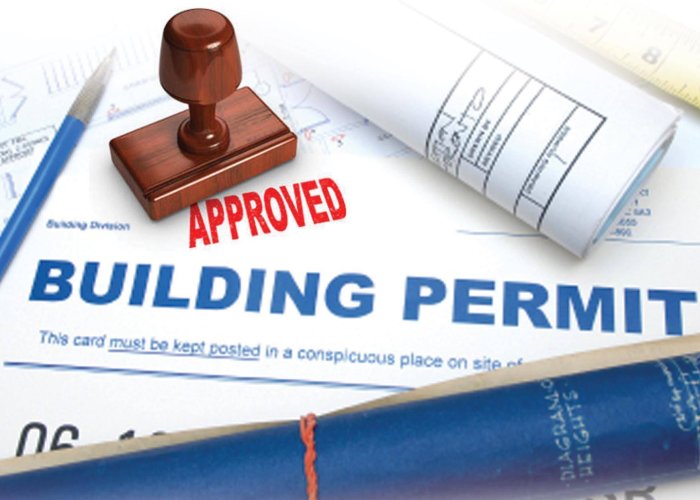
Getting A Solar Permit Can Be Difficult
//WHERE TO START
Some things you need to know before you go solar, you’ll need to file for a permit to approve your project. Solar permits typically require approval on two forms—one from your local building authority (to approve new construction), the other from your electric company (to approve interconnection to the grid).
Permitting is often the most time-consuming step in the solar process. It takes time to submit detailed documentation on your system, like wiring schematics and spec sheets for each component. It can also take days (or weeks) to move through the approval process.
To make things easier, we put together a quick overview of the permitting process. Here’s what to expect when you file your solar permit.


